Four years after showing off an electrically-power vertical takeoff and landing concept at the Consumer Electronics Show, Hyundai is back with a prototype set to begin flight testing later this year. Headlight.News checks out the latest from the South Korean carmaker’s new Supernal eVTOL subsidiary.
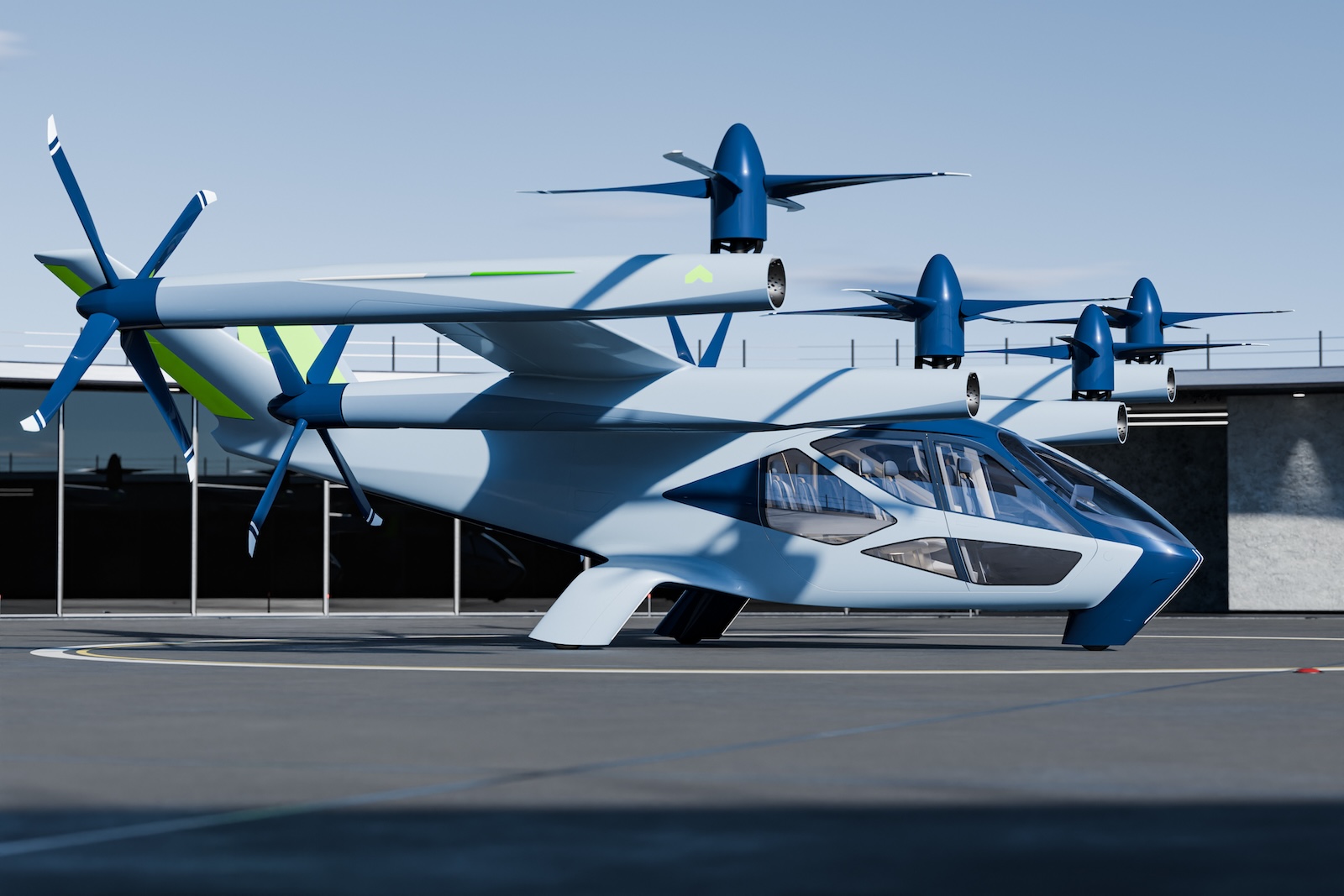
Hyundai Motor Group’s Advanced Air Mobility subsidiary which unveiled the S-A1 concept at CES 2020. At CES 2024, the next-generation prototype, the S-A2, is making its debut.
From driverless vehicles to flying cabs, the world of transportation is set to go through its most dramatic transformation in a century over the course of the coming decade.
When it comes to flying vehicles, a number of startups are entering the market, though some well-known automotive brands are weighing in, as well. That includes the Hyundai Motor Group’s Advanced Air Mobility subsidiary which unveiled the S-A1 concept at CES 2020. At CES 2024, the next-generation prototype, the S-A2, is making its debut.
Flight tests set to begin this year
A V-tailed eVTOL, or electrically powered vertical takeoff and landing, aircraft, it will begin test flights late this year, senior company sources told Headlight.News, and will preview the service Hyundai plans to offer through the new Supernal service.
“The unveiling of S-A2 demonstrates our unwavering commitment to deliver on that mission with a safe, efficient vehicle design that provides a clear path to market entry,” said Jaiwon Shin, president of Hyundai Motor Group and CEO of Supernal. “By leveraging our talented 600-person team, the vast technical and business capabilities of Hyundai Motor Group and trusted aviation suppliers around the world, Supernal is ready to deliver a new era of flight.”
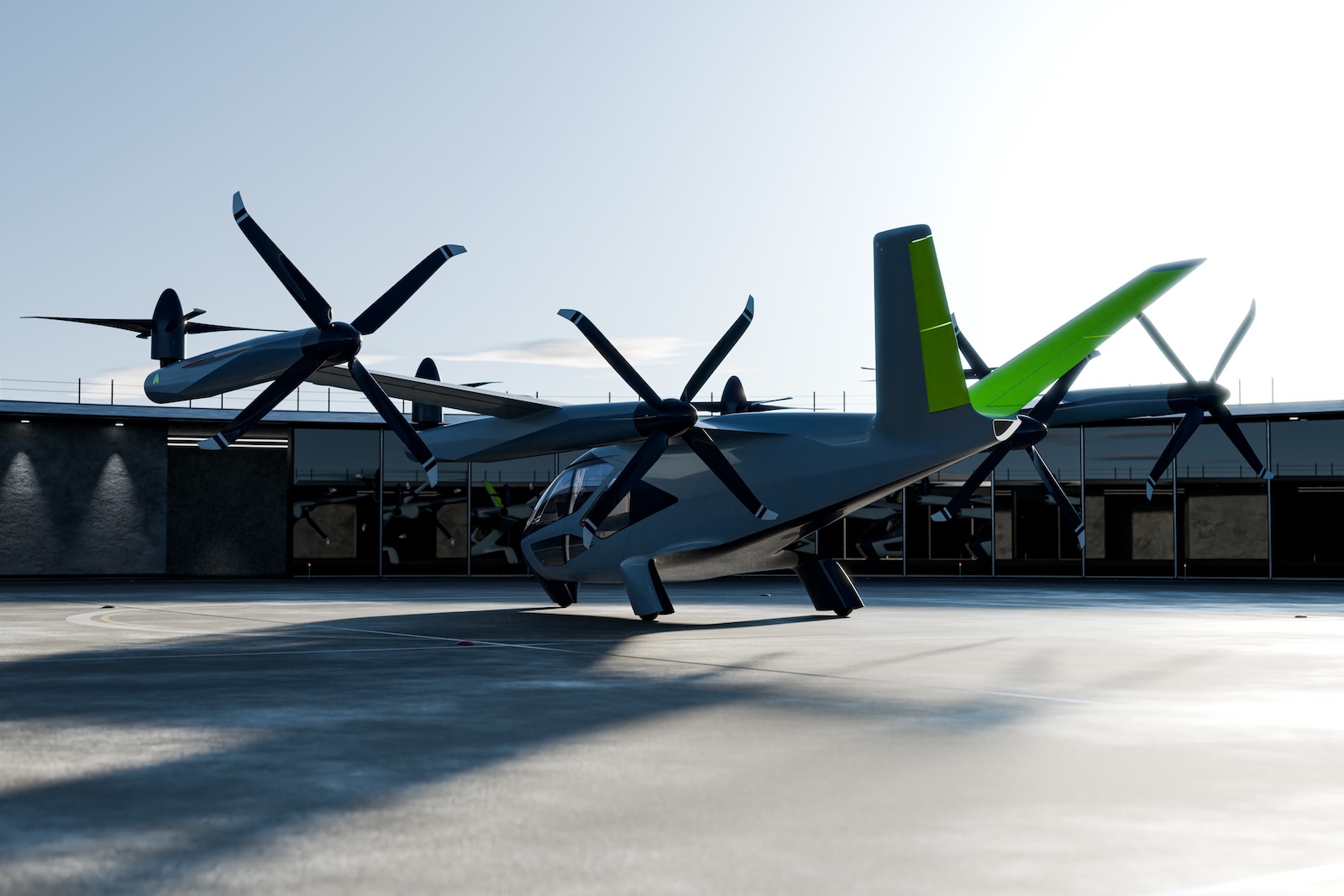
A V-tailed eVTOL, or electrically powered vertical takeoff and landing, aircraft, it will begin test flights late this year.
By the numbers
The Supernal S-A2 adopts a pilot-plus-four-passenger layout and a drone-like lift system. There are eight individual, electrically powered rotors that can tilt, as needed, depending on whether it is in a horizontal or vertical flying mode.
The S-A2 will be capable of reaching speeds of up to 120 miles an hour and is normally expected to fly at an altitude of 1,200 feet.
“Supernal’s product concept vehicle is the result of the creativity and hard work of our world-class team. S-A2 is designed to take full advantage of emerging electric powertrain advancements that will define the next generation of aviation,” said Ben Diachun, chief technology officer, Supernal. “From here, we will develop this concept into a revolutionary commercial product.”
Quiet flight
One advantage, the company noted, is that “At entry into service, Supernal’s vehicle will operate as quietly as a dishwasher: 65 dB in vertical take-off and landing phases and 45 dB while cruising horizontally.”

There are eight individual, electrically powered rotors that can tilt, as needed, depending on whether it is in a horizontal or vertical flying mode.
It is designed for short-haul service, typically 25 to 40 miles, according to Supernal, putting it in a position to serve as an air taxi. That could serve a variety of different purposes, company official said, among other things challenging existing helicopter operations like those linking major airports with cities like New York.
Supernal is by no means the only company targeting the eVTOL space. There are a variety of start-ups and more established companies targeting the sector, with players like Toyota, as well as Airbus and Boeing, developing concepts and, in a couple instances, already flight-testing prototypes.
Vertiports
The approach each is taking varies substantially. Some companies are looking to create flying robocabs. Others hope to market personal vehicles, Jetsons-style flying cars.
In Supernal’s case, it intends to start out with piloted craft that will fly between “vertiports,” a sort of micro-airport. These serve “as the origin, transfer and destination points for eVTOL aircraft operations and existing modes of transportation. Quiet electric flight will enable vertiports to be in cities, at airports and elsewhere for seamless integration with existing transit options,” Hyundai said.

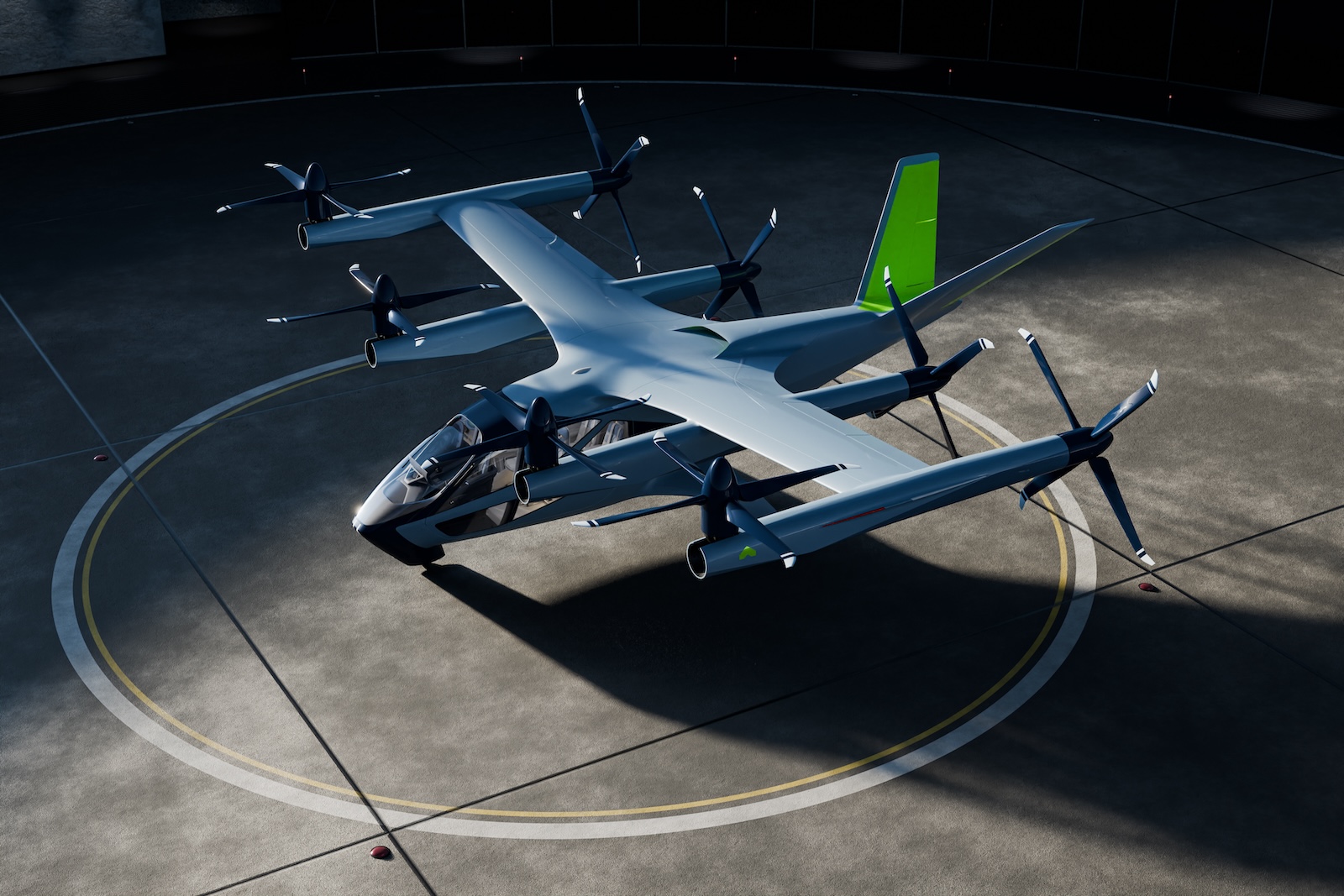
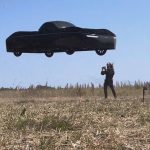
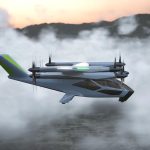
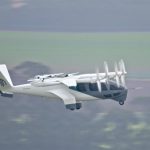
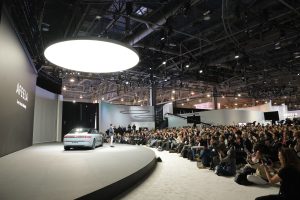

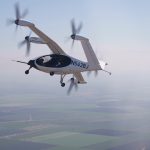
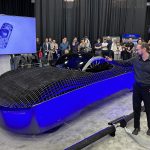
0 Comments